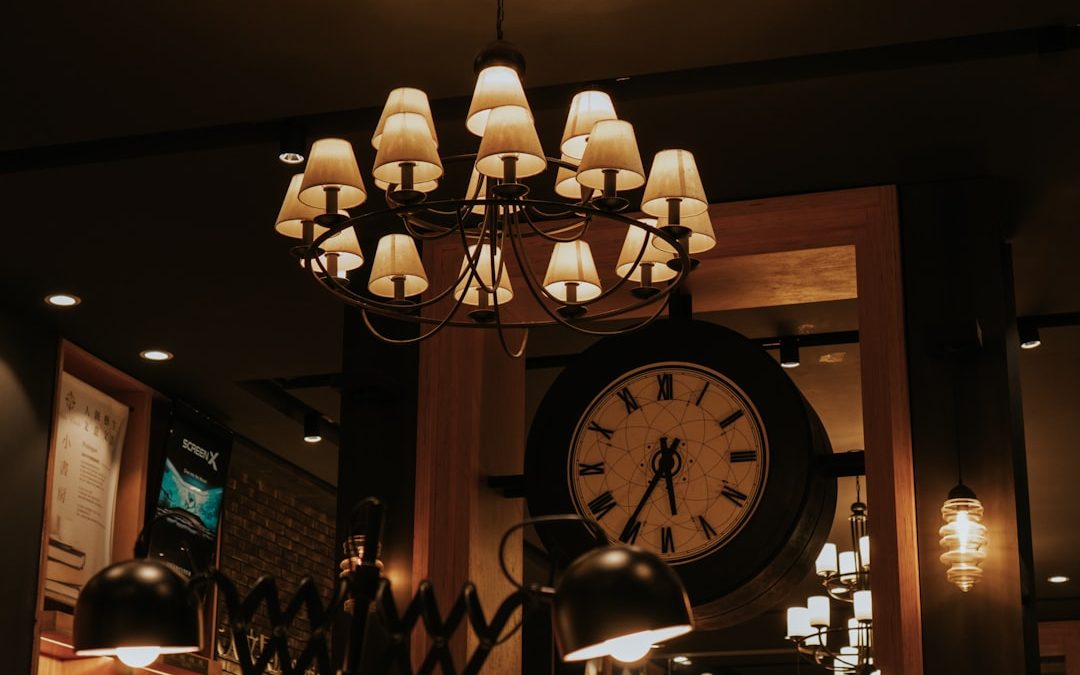Shining Creativity: Exploring the Beauty of Art with Lights
The Artistic Impact of Light
Artists have been fascinated by the unique way in which light can alter and affect a painting, sculpture, or installation. The use of light as a form of artistic expression has been prevalent throughout history, from the intricate stained glass windows of Gothic cathedrals to the light sculptures of contemporary installations. With the advancement of technology, artists have greater control over the radiance, tempo and color range of light, and this has opened up new avenues of creativity.
The Technicalities of Light Art
To create an artifact of light, artists must understand the technical constraints of their tools such as LEDs, fiber optics, projector, and cables. The arrangement of these tools requires a great deal of attention to detail, and patience since the perfect positioning is vital when creating precise patterns and reflections. Though the careful planning and layout might be tedious and time-consuming, it is critical. The wrong orientation can easily ruin the artist’s conception, and the room or environment where the piece is to be displayed requires careful consideration as it could also impact the overall effect of the artwork.
Light Art: The Evolution over Time
For thousands of years, light has been an essential element of art. Humans have been exploring various ways of manipulating, enhancing and visualizing the light, culture and tradition, and creating beautiful designs. The beauty of light has been used to enhance architecture, art installations, and interior design. The availability of special tools and techniques nowadays means that artists can create more advanced and intricate light art pieces than ever before.
The Different Forms of Light Art
Light art comes in various forms, making it a flexible and diverse medium. Some artists use lighting as an optical illusion to create images that seem three-dimensional even when they’re not, or to create shadow images that reflect other shapes in a space. Another popular form of light art is projection mapping, which involves projecting images onto surfaces or multiple objects to create an interactive and immersive experience. Light installations, on the other hand, are large-scale pieces that light up whole buildings, rooms or outdoor spaces, creating a surreal and magical atmosphere.
The Social Significance of Light Art
Light art is not only about aesthetics, but it also carries a deeper social significance. This art form has been used to raise awareness of environmental issues, spark cultural debates, promote community involvement, and engage people in art appreciation. Light art has become a powerful medium for artists to present their thoughts and concerns in a digestible, entertaining, and engaging way.
Conclusion
Art has always been a reflection of human creativity and ingenuity. Light art combines technology, art, and persoanal imagination to create a dynamic and captivating art form that has captured the imaginations of many people. It is a medium that continues to evolve and push boundaries, creating exciting and magical experiences for all who participate. With the continued incorporation of technology in art, we can expect to see even more impressive and inventive light art exhibits in the future.



